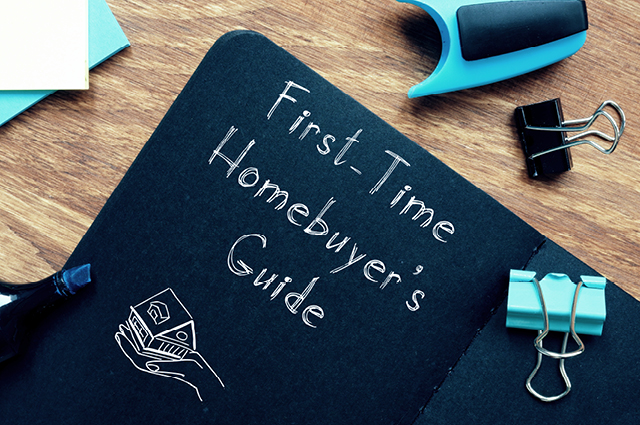Discover how the latest technology revolution could change the mortgage industry.
Walking Borrowers Through the Pros and Cons of HELOC
Consulting with a client on the purchase of another property or initiating a large-scale renovation? Ensuring they understand the home equity line of credit (HELOC) could be key in finding success for both of you.
If you’re in the process of demystifying the HELOC, start by determining what kind of project or home improvement the clients are planning. As HELOCs provide some flexibility, they tend to be best for intensive or longer-term home improvements. This might include a renovation of multiple rooms or any other project where the scope or cost could vary.
If a HELOC sounds like a good fit, you can then walk them through the basics, empowering them with education.
What is a Home Equity Line of Credit (HELOC)?
Explain to potential borrowers that a home equity line of credit is exactly what the name implies – an open line of credit that allows them to continually borrow against their existing home equity during a stated draw period and up to a stated dollar amount as opposed to receiving one lump sum as a payout. In other words, if the clients were to obtain a HELOC, they may be able to essentially borrow what they needed when they needed it. Of course, they shouldn’t expect to go wild. Remind them that there is pre-determined limit that they may borrow up to and a pre-determined draw period during which they can do so.
It’s also important to discuss interest rates. Make a point to discuss the fact that HELOCs often have variable interest rates, so their repayment amount may change depending on the rate at that time.
Clarify that the owner’s property will also be used as collateral, so they should have a thorough understanding of the terms and conditions related to their specific HELOC program. After all, that’s a hard price to pay upon default.
Pros and Cons of a Home Equity Line of Credit (HELOC)
To help ensure your client could benefit from a HELOC program, walk through some of the pros and cons together. Some pros to discuss might include:
-
Relatively low APRs, especially when compared to credit cards or even some personal loans.
-
Interest paid may qualify as tax-deductible. You may want to consult a tax professional of your choice for more information.
-
You may be able to borrow what you need, leaving room for potential savings.
-
Repayment options are often flexible.
-
Taking out a HELOC could boost the borrower’s credit score.
One the other hand, some cons to discuss might include:
-
The home is put up as collateral, which can be risky for certain borrowers.
-
Interest rates are typically variable, meaning payment amounts can change regularly.
-
Borrowers may be allowed to make interest-only payments during the draw period, which can lead to overspending or lack of planning.
-
Home equity is reduced.
How to Get a HELOC
If a HELOC still sounds like a solid solution for the borrower’s financial goals, it’s time to clarify the process for obtaining a HELOC. Review program requirements and then, discuss their options for mortgage professionals to work with. If they’re already talking to you, fingers crossed they’ll go with an MLO over their local bank or credit union!
The Home Equity Line of Credit Explained
To the average consumer, the concept of a HELOC can seem overwhelming at first. That’s why the MLOs who share their time and attention in educating clients are sure to stand out.
Personalizing your approach, from understanding their unique situation to walking through the applicable pros and cons, could do more than just score you a customer, though. It could help ensure your clients lock in a line of credit they love.



